Home>Storage & Organization>Kitchen Organizing Tools>How Much Litter To Put In A Litter Box
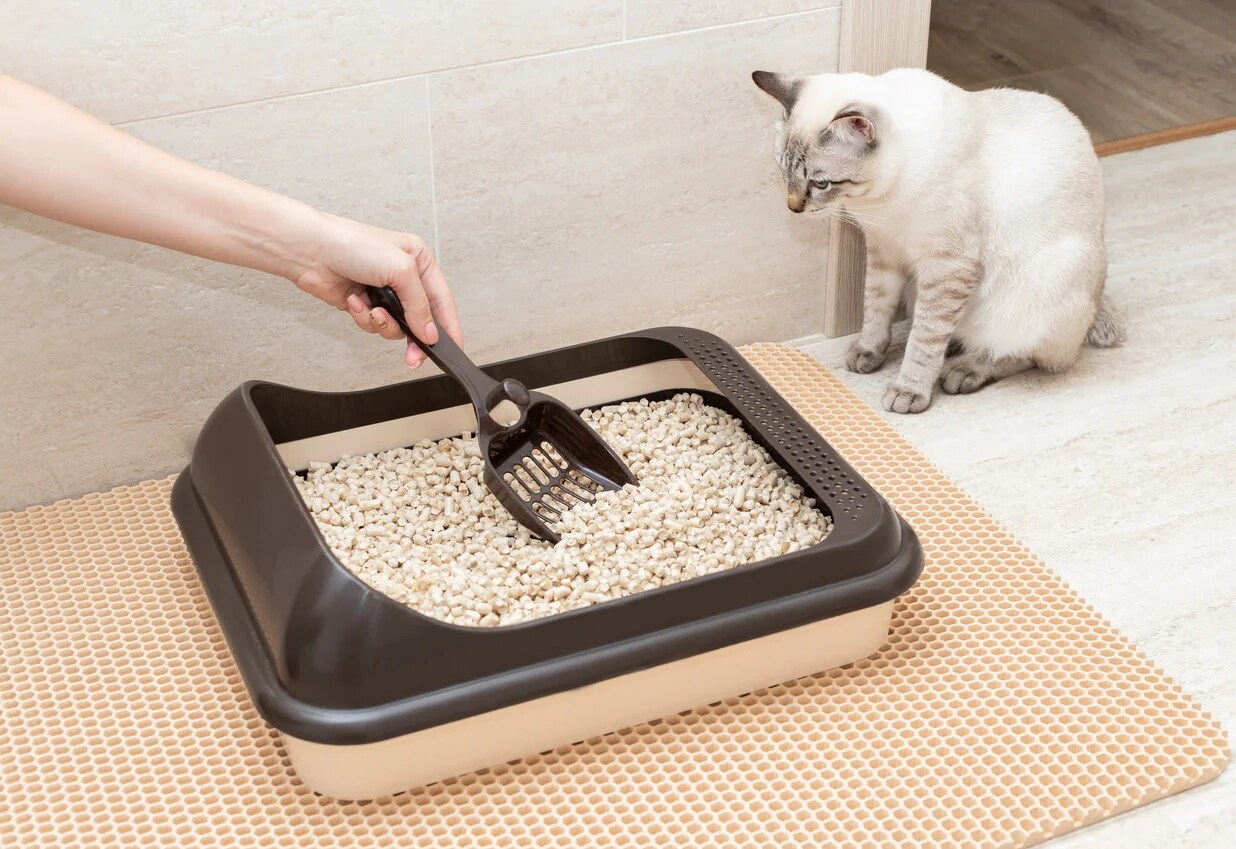

Kitchen Organizing Tools
How Much Litter To Put In A Litter Box
Published: February 23, 2024
Discover the ideal amount of litter to use in your litter box for optimal odor control and cleanliness. Find the best kitchen organizing tools for a clutter-free space.
(Many of the links in this article redirect to a specific reviewed product. Your purchase of these products through affiliate links helps to generate commission for Storables.com, at no extra cost. Learn more)
Introduction
When it comes to maintaining a clean and comfortable environment for our feline friends, the amount of litter in a litter box plays a crucial role. The right quantity of litter not only ensures your cat's hygiene but also contributes to their overall well-being. However, determining the appropriate amount of litter can be a bit of a conundrum for many cat owners. It's a delicate balance – too little litter can lead to messy accidents, while too much can be wasteful and unnecessary.
In this comprehensive guide, we will delve into the factors that should be taken into account when determining the ideal amount of litter for your cat's litter box. We will also explore the different types of litter available and their recommended quantities, providing you with valuable insights to make informed decisions. Additionally, we will share practical tips for maintaining the right amount of litter in the box, ensuring a harmonious and hygienic environment for both you and your beloved feline companion.
Understanding the significance of the right litter quantity is not only beneficial for your cat's comfort but also for your peace of mind. By gaining insights into this often overlooked aspect of cat care, you can create a more pleasant and stress-free experience for both you and your furry friend. So, let's embark on this enlightening journey to unravel the mysteries of litter box maintenance and ensure that your cat's bathroom habits are met with the utmost care and consideration.
Key Takeaways:
- The right amount of litter in a cat’s litter box is crucial for their comfort and hygiene. Factors like your cat’s preference, litter type, and maintenance frequency should be considered when determining the ideal quantity.
- Different types of litter require different depths in the litter box for optimal performance. Clumping litter needs 2-3 inches, non-clumping litter needs 3-4 inches, silica gel crystals need 1-2 inches, and plant-based litter needs 2-3 inches.
Read more: What To Put In A Rabbit Litter Box
Factors to Consider When Determining Litter Amount
When determining the appropriate amount of litter for your cat's litter box, several factors come into play. Understanding these factors is crucial in ensuring that your feline companion has a comfortable and hygienic space for their bathroom needs. Here are the key considerations to keep in mind:
-
Cat's Preference: Cats are known for their discerning nature, and this extends to their litter box preferences. Some cats may prefer a deeper layer of litter for digging and covering their waste, while others may feel more comfortable with a shallower amount. Observing your cat's behavior in the litter box can provide valuable insights into their preferences.
-
Litter Box Size: The dimensions of the litter box itself can influence the ideal amount of litter. A larger litter box may require a greater quantity of litter to ensure adequate coverage, while a smaller box may necessitate a more conservative amount to prevent overflow.
-
Number of Cats: If you have multiple cats sharing the same litter box, it's essential to adjust the litter amount accordingly. More cats using the box may require a larger volume of litter to accommodate their collective needs and maintain cleanliness.
-
Litter Type: Different types of litter have varying levels of absorbency and clumping capabilities. This can impact the amount of litter needed to effectively contain odors and moisture. For example, highly absorbent clumping litter may require a thinner layer compared to non-clumping varieties.
-
Odor Control: The level of odor control provided by the litter is a significant factor in determining the appropriate amount. Litters with superior odor-neutralizing properties may require a standard amount, while less effective options might necessitate a thicker layer to manage odors effectively.
-
Maintenance Frequency: The frequency at which you clean and refresh the litter box also influences the ideal litter amount. If you tend to clean the box less frequently, a deeper layer of litter may be necessary to maintain cleanliness and odor control between cleanings.
By taking these factors into account, you can make informed decisions regarding the amount of litter to use in your cat's litter box. Understanding your cat's preferences, the characteristics of the litter, and the practical aspects of litter box maintenance will enable you to create an optimal environment that meets your cat's needs and ensures a pleasant experience for both you and your feline companion.
Different Types of Litter and Their Recommended Amounts
The type of litter you choose for your cat's litter box significantly impacts the recommended amount for optimal performance. Various types of litter offer distinct characteristics, such as clumping ability, odor control, and absorbency, which influence the ideal quantity to use. Understanding the specific attributes of each litter type can help you make informed decisions to cater to your cat's needs effectively.
Clumping Litter
Clumping litter, renowned for its ability to form solid clumps upon contact with moisture, is a popular choice among cat owners. Due to its exceptional clumping properties, clumping litter requires a thinner layer compared to non-clumping varieties. A depth of around 2-3 inches is generally recommended to facilitate effective clumping and waste removal. This depth allows the litter to form sturdy clumps, making it easier to scoop out soiled areas while maintaining a clean and odor-free environment.
Non-Clumping Litter
Non-clumping litter, typically made from materials such as clay, silica gel, or plant-based substances, offers an alternative to clumping varieties. As non-clumping litter does not form solid clumps, a deeper layer of approximately 3-4 inches is often advised to provide sufficient coverage and absorption. The increased depth helps to contain moisture and odors, compensating for the lack of clumping ability. By using a slightly thicker layer, non-clumping litter can effectively manage waste and maintain hygiene between litter box cleanings.
Silica Gel Crystals
Silica gel crystal litter, known for its exceptional absorbency and odor control, requires a different approach in terms of recommended amounts. Due to its high absorbency, a shallow layer of around 1-2 inches is typically sufficient to provide adequate coverage. The crystals efficiently absorb moisture and neutralize odors, reducing the need for a thicker layer. By using the recommended amount, silica gel crystal litter can effectively manage waste while minimizing the quantity of litter used, making it a cost-effective and practical choice for many cat owners.
Plant-Based Litter
Litter made from natural, plant-based materials, such as pine, wheat, or corn, offers an eco-friendly and biodegradable option for cat owners. The recommended amount for plant-based litter varies depending on the specific material and its absorbency properties. Generally, a depth of 2-3 inches is recommended to ensure effective waste absorption and odor control. By following the recommended amount, plant-based litter can provide a comfortable and sustainable litter box environment for your cat while minimizing environmental impact.
By understanding the recommended amounts for different types of litter, you can make informed choices that cater to your cat's preferences and specific needs. Whether you opt for clumping, non-clumping, silica gel crystal, or plant-based litter, selecting the appropriate amount ensures that your cat's litter box remains clean, hygienic, and conducive to their natural instincts.
Tips for Maintaining the Right Amount of Litter
Maintaining the right amount of litter in your cat's litter box is essential for promoting a hygienic and comfortable environment. By implementing the following tips, you can ensure that the litter quantity is optimized to meet your cat's needs while simplifying the maintenance process.
1. Regular Monitoring and Adjustment
Regularly monitor the litter level in the box, especially after your cat's bathroom visits. Observing your cat's behavior and the distribution of litter can provide valuable insights into their preferences and usage patterns. Adjust the litter amount as needed to maintain an optimal depth, ensuring that it accommodates your cat's digging and covering instincts while preventing spillage.
2. Gradual Refilling
When replenishing the litter, avoid completely emptying the box and starting from scratch. Instead, gradually add fresh litter to the existing layer, ensuring a smooth transition and minimizing disruption to your cat's established bathroom habits. This approach also helps maintain a consistent scent profile, which can be reassuring for your cat.
3. Scoop and Refresh
Regularly scoop out soiled litter and clumps to maintain cleanliness and odor control. By removing waste promptly, you can extend the lifespan of the litter and reduce the frequency of complete box cleanings. This practice also prevents the accumulation of waste, ensuring that the remaining litter remains effective in managing odors and moisture.
4. Consider Multiple Boxes
If you have multiple cats, providing each feline with their own litter box can alleviate competition and potential conflicts over litter usage. Additionally, having multiple boxes distributed throughout your home encourages regular bathroom visits and reduces the strain on individual boxes, allowing for better maintenance of the appropriate litter amount in each box.
5. Monitor Odor and Moisture Levels
Regularly assess the odor and moisture levels in the litter box to gauge the effectiveness of the current litter amount. If you notice persistent odors or excessive moisture, consider adjusting the litter quantity to enhance odor control and absorbency. This proactive approach ensures that your cat's litter box remains a pleasant and hygienic space.
Read more: Where To Put Litter Boxes In Small Apartment
6. Observe Your Cat's Behavior
Pay attention to your cat's behavior in the litter box, as it can provide valuable cues regarding their comfort and satisfaction with the litter amount. If your cat exhibits signs of discomfort or reluctance to use the box, consider adjusting the litter depth to better align with their preferences and natural instincts.
By incorporating these tips into your litter box maintenance routine, you can effectively manage the right amount of litter to meet your cat's needs while promoting a clean and inviting bathroom environment. This proactive approach not only benefits your cat but also simplifies the overall upkeep of the litter box, contributing to a harmonious coexistence between you and your feline companion.
Conclusion
In conclusion, maintaining the appropriate amount of litter in your cat's litter box is a fundamental aspect of responsible cat care. By considering factors such as your cat's preferences, litter type, and maintenance practices, you can create an environment that promotes hygiene, comfort, and overall well-being for your feline companion.
Understanding your cat's individual preferences and behavior in the litter box is key to determining the ideal litter quantity. Cats have unique instincts and preferences when it comes to digging, covering waste, and maintaining their bathroom area. By observing and accommodating these preferences, you can ensure that the litter depth aligns with your cat's natural behaviors, contributing to their overall comfort and satisfaction.
The type of litter you choose also plays a significant role in determining the recommended amount. Clumping litter, non-clumping varieties, silica gel crystals, and plant-based options each have distinct characteristics that influence the depth required for optimal performance. By selecting the appropriate litter type and following the recommended amounts, you can effectively manage waste, control odors, and minimize litter usage, contributing to a more sustainable and efficient litter box maintenance routine.
Implementing practical tips, such as regular monitoring and adjustment, gradual refilling, and proactive waste removal, can streamline the process of maintaining the right litter amount. These proactive measures not only cater to your cat's needs but also contribute to a cleaner and more pleasant litter box environment for both you and your feline companion.
Ultimately, maintaining the right amount of litter in your cat's litter box is a dynamic and personalized endeavor. By considering your cat's preferences, the characteristics of the chosen litter, and proactive maintenance practices, you can create an environment that aligns with your cat's natural instincts while simplifying the upkeep of the litter box.
By prioritizing the appropriate litter quantity, you can enhance your cat's daily comfort, promote a hygienic living space, and strengthen the bond between you and your beloved feline friend. This conscientious approach to litter box maintenance reflects a commitment to providing the best possible care for your cat, ensuring that their bathroom habits are met with care, consideration, and a deep understanding of their unique needs.
Frequently Asked Questions about How Much Litter To Put In A Litter Box
Was this page helpful?
At Storables.com, we guarantee accurate and reliable information. Our content, validated by Expert Board Contributors, is crafted following stringent Editorial Policies. We're committed to providing you with well-researched, expert-backed insights for all your informational needs.
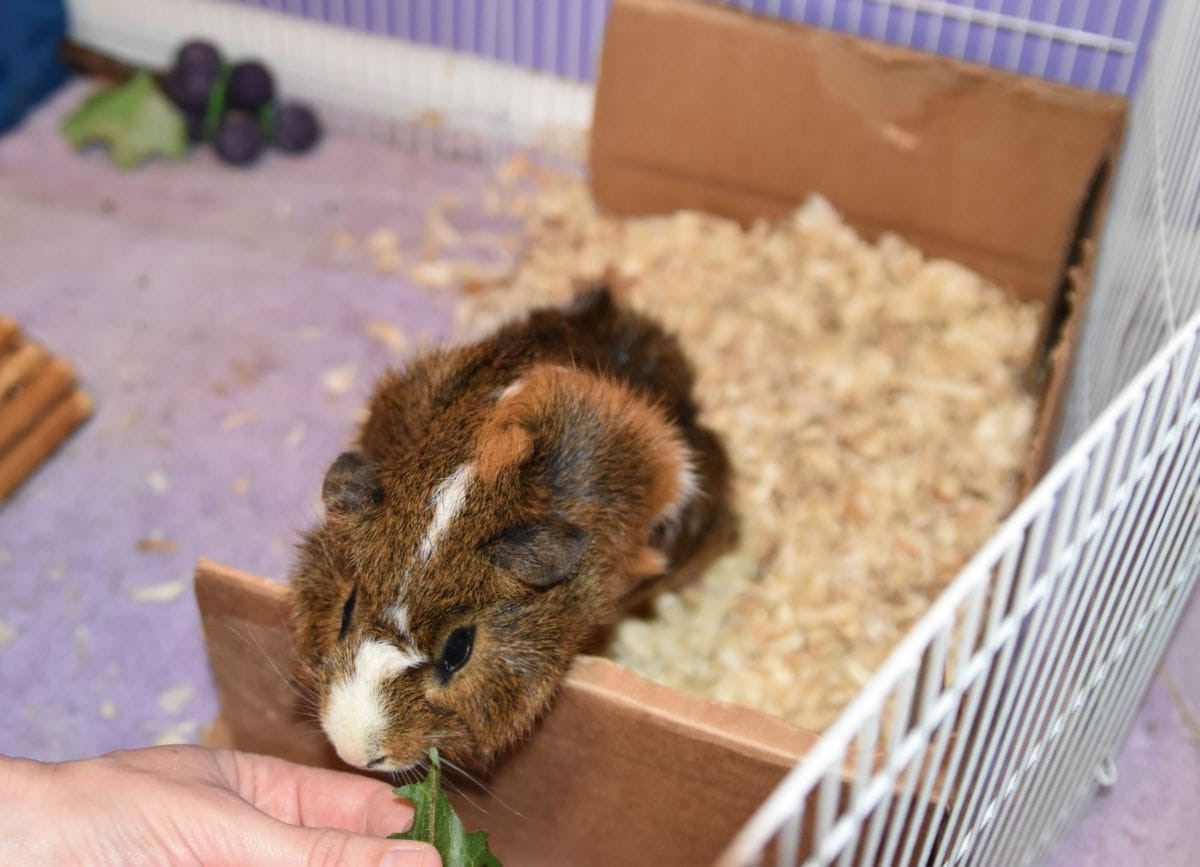
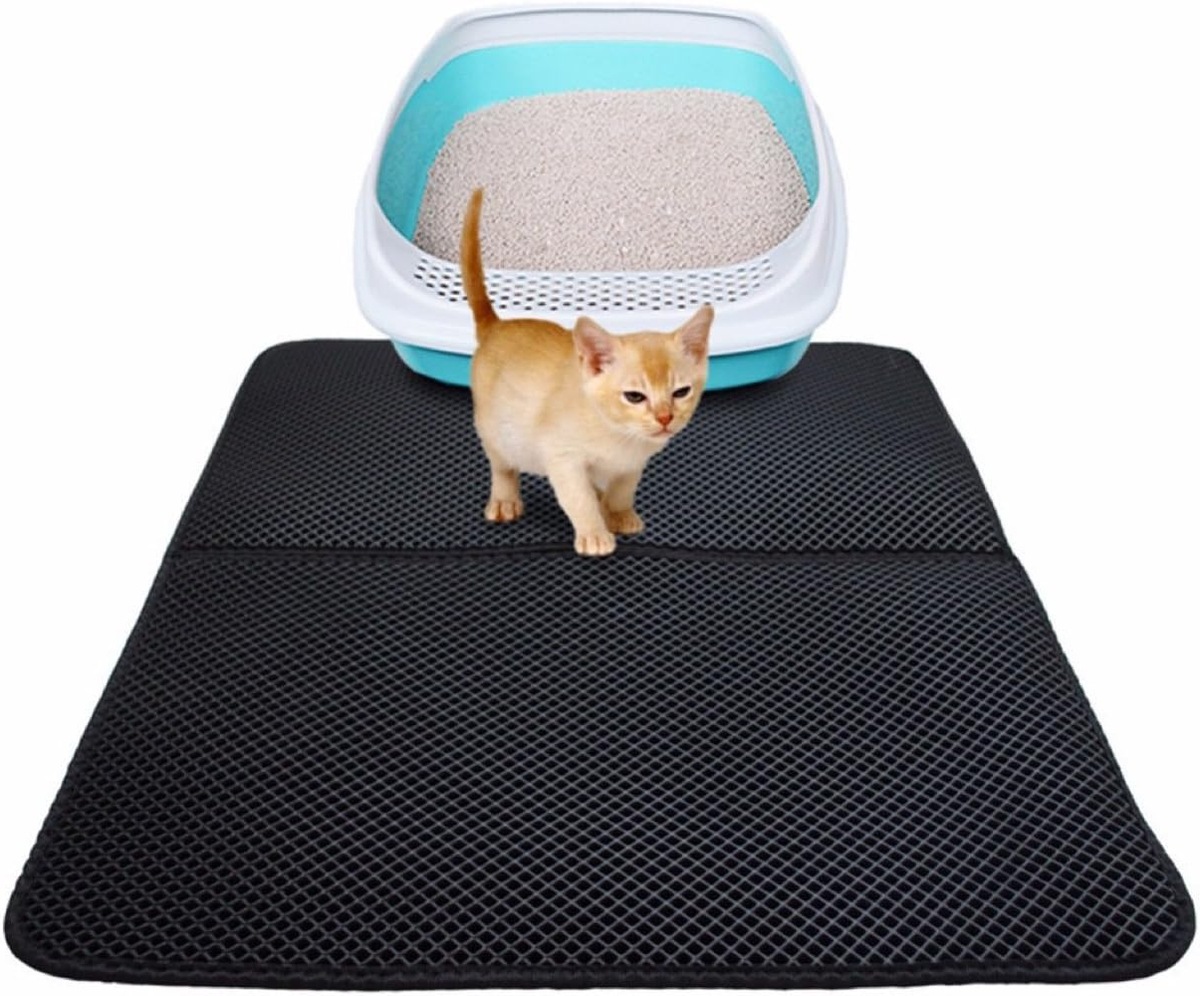
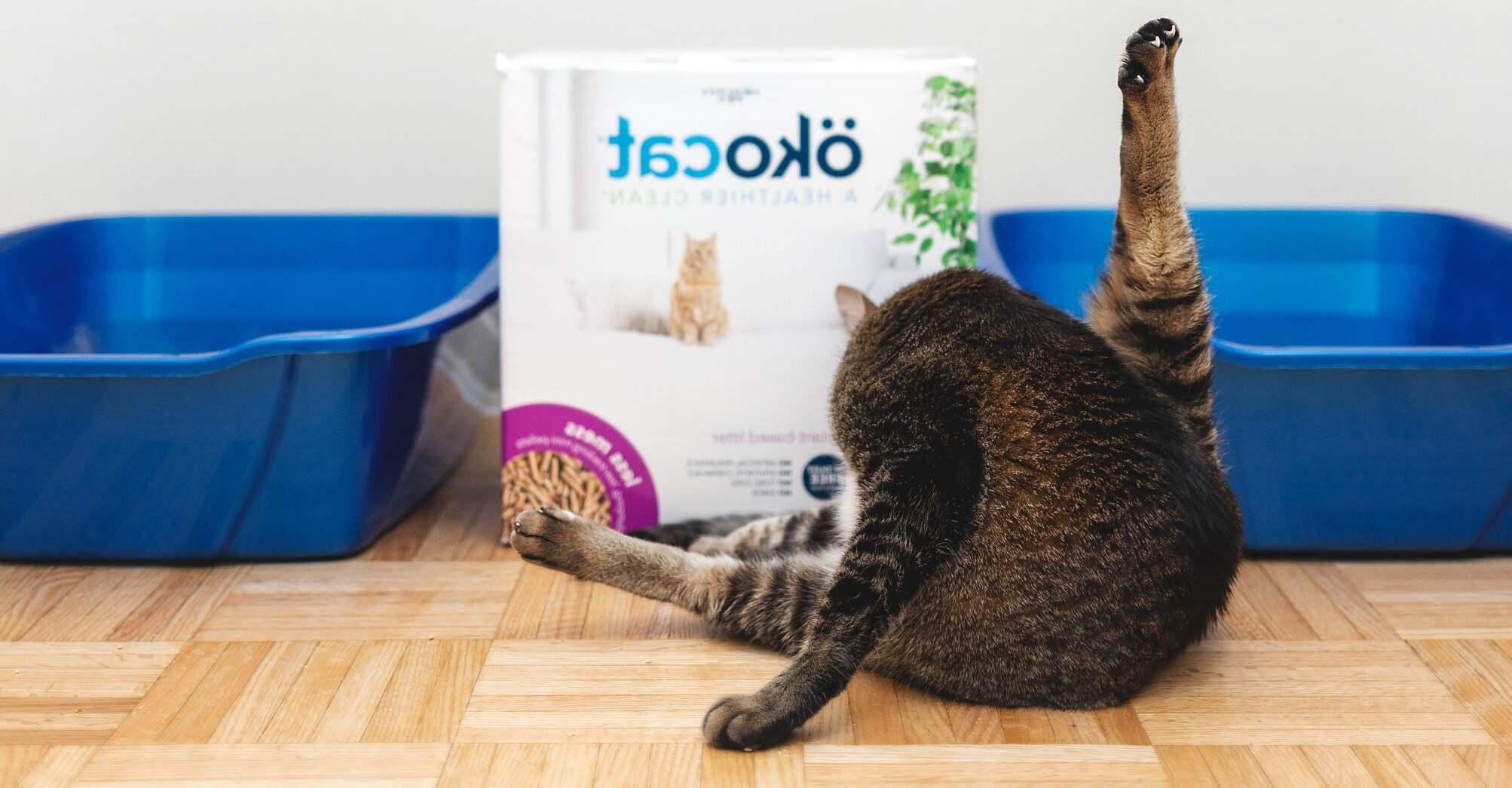
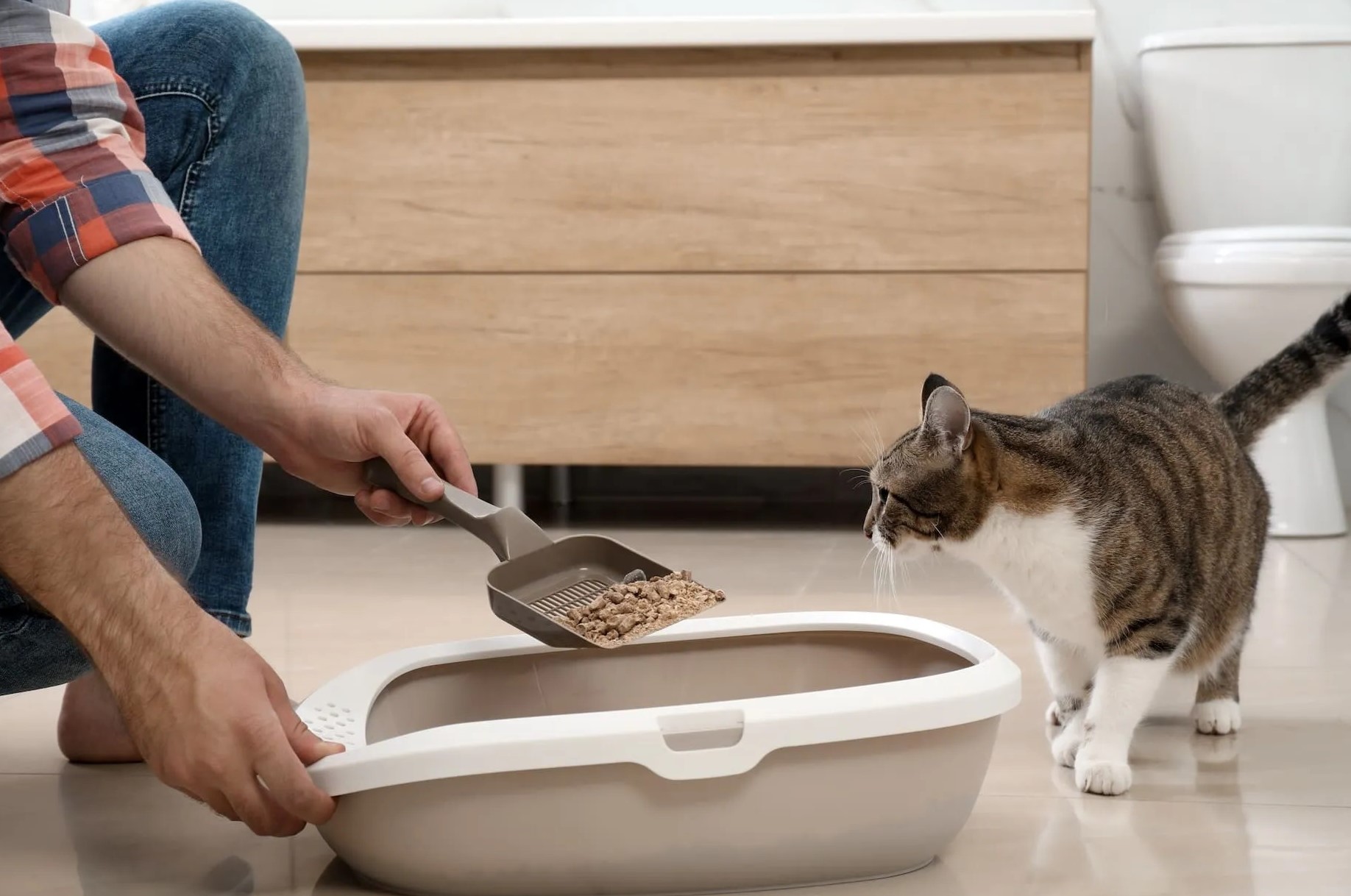
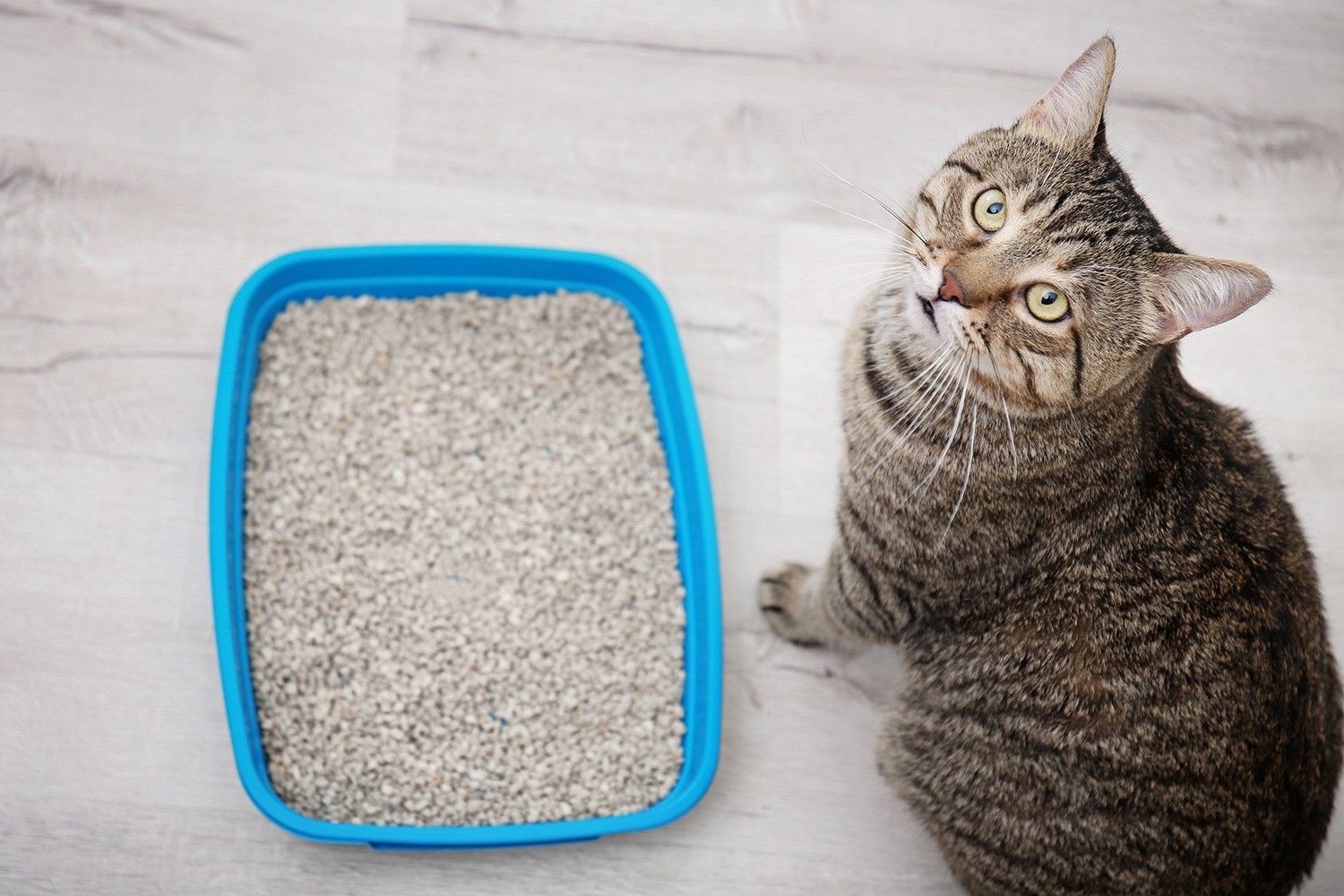
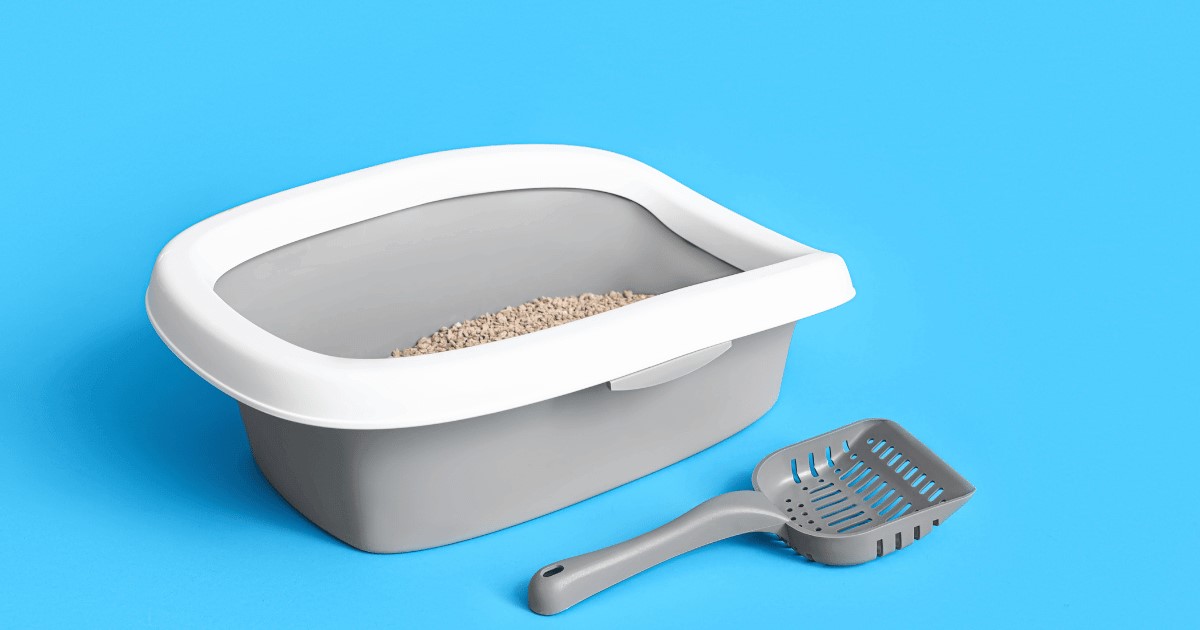
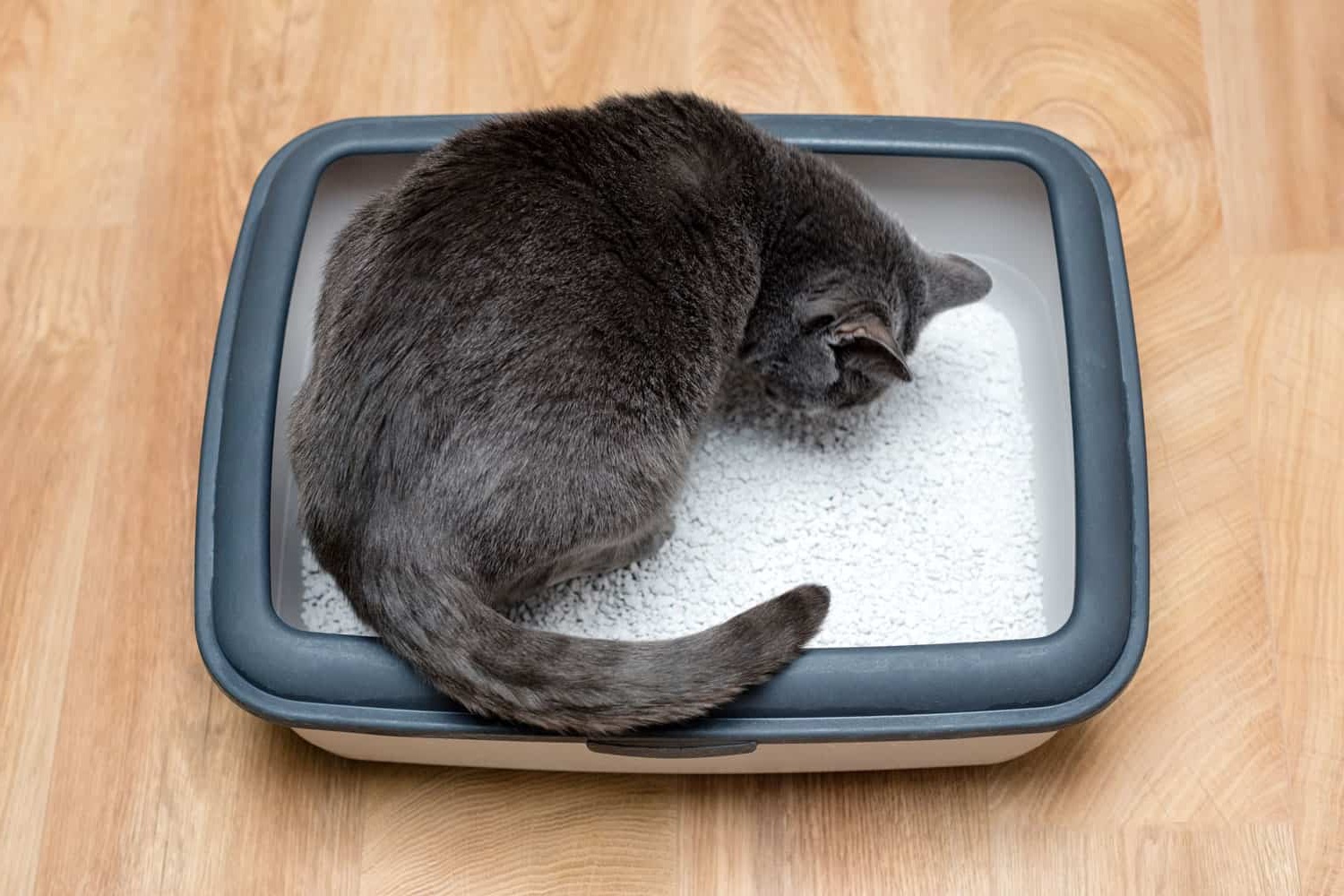
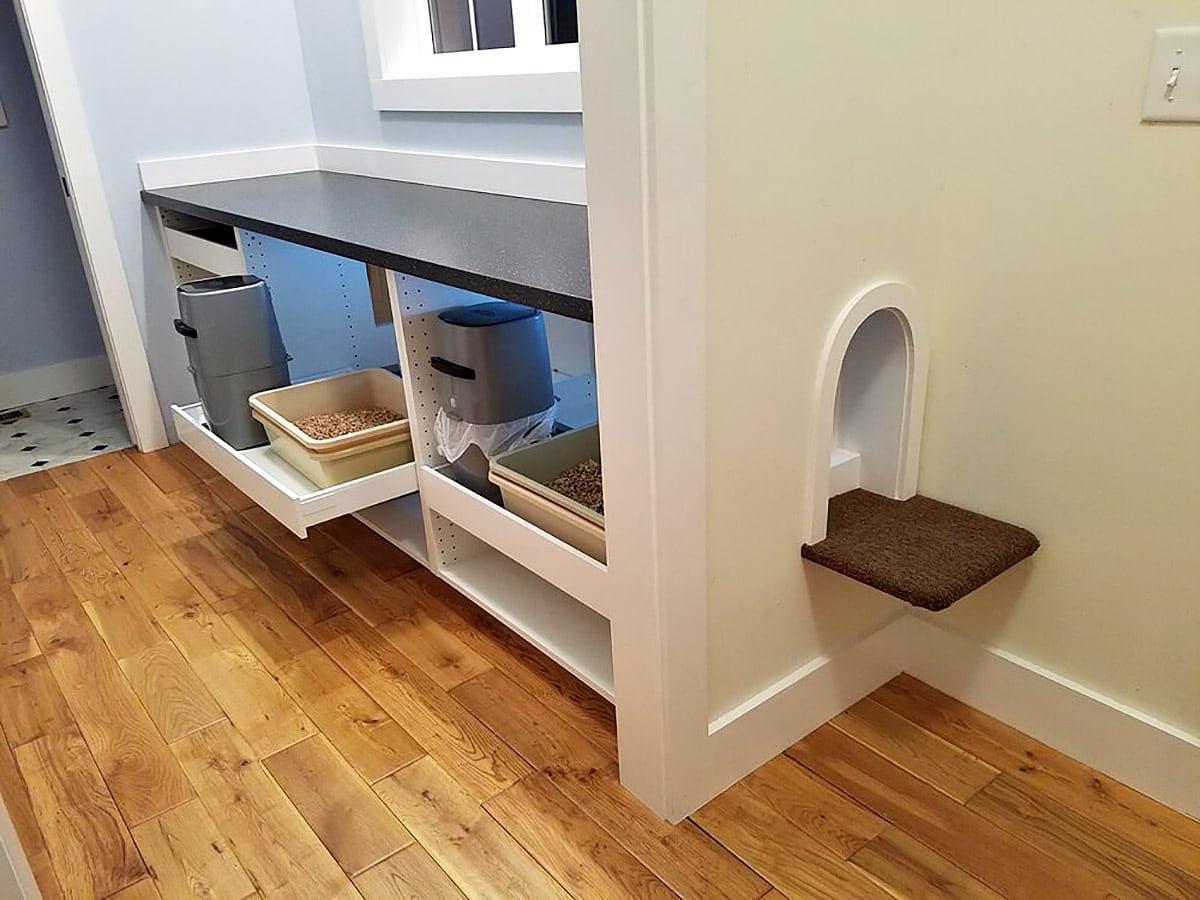
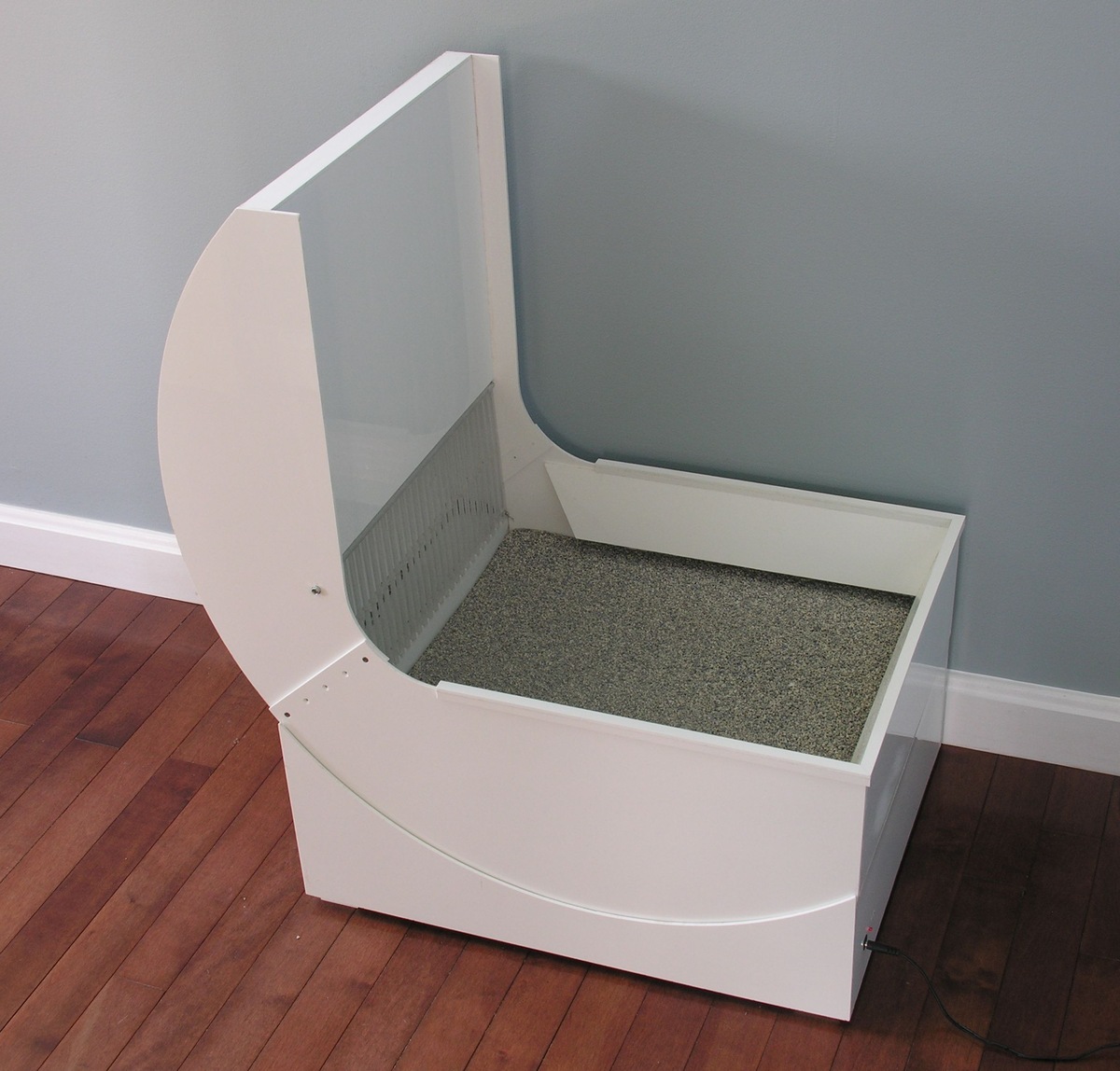
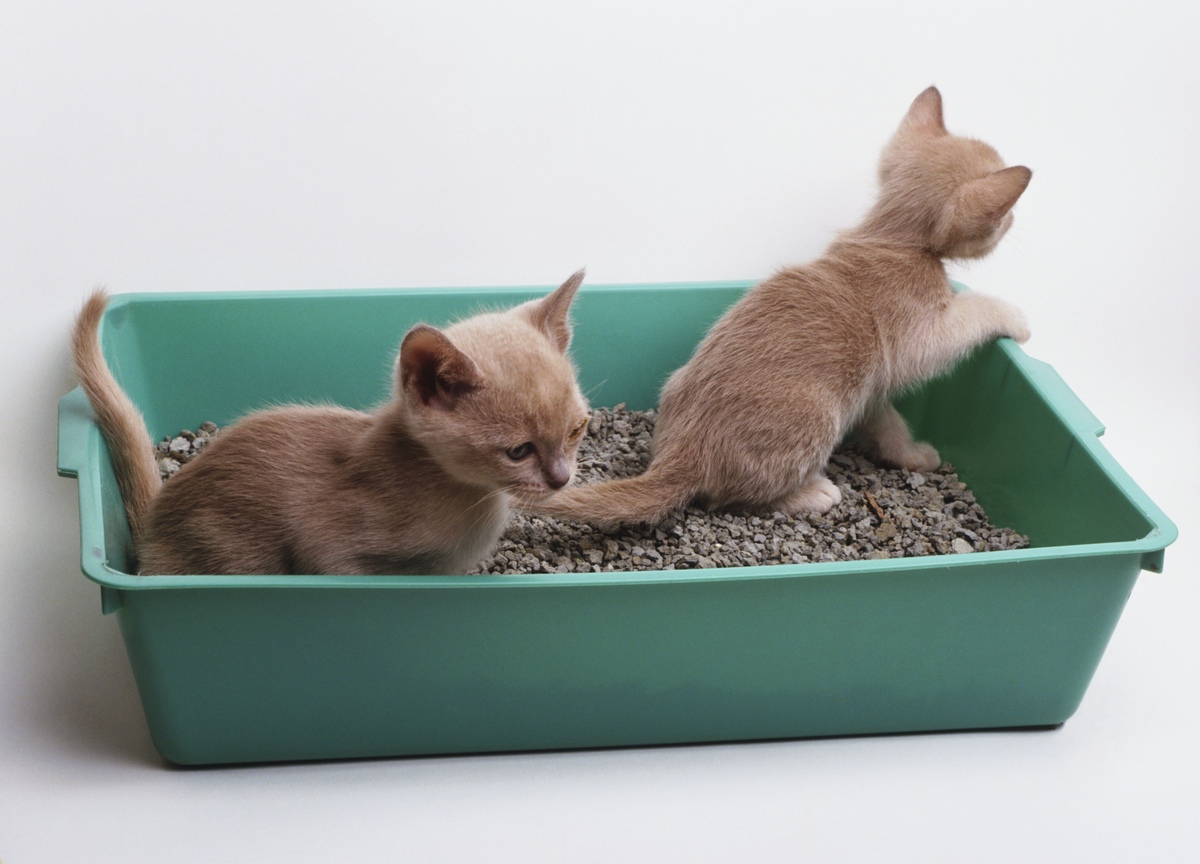
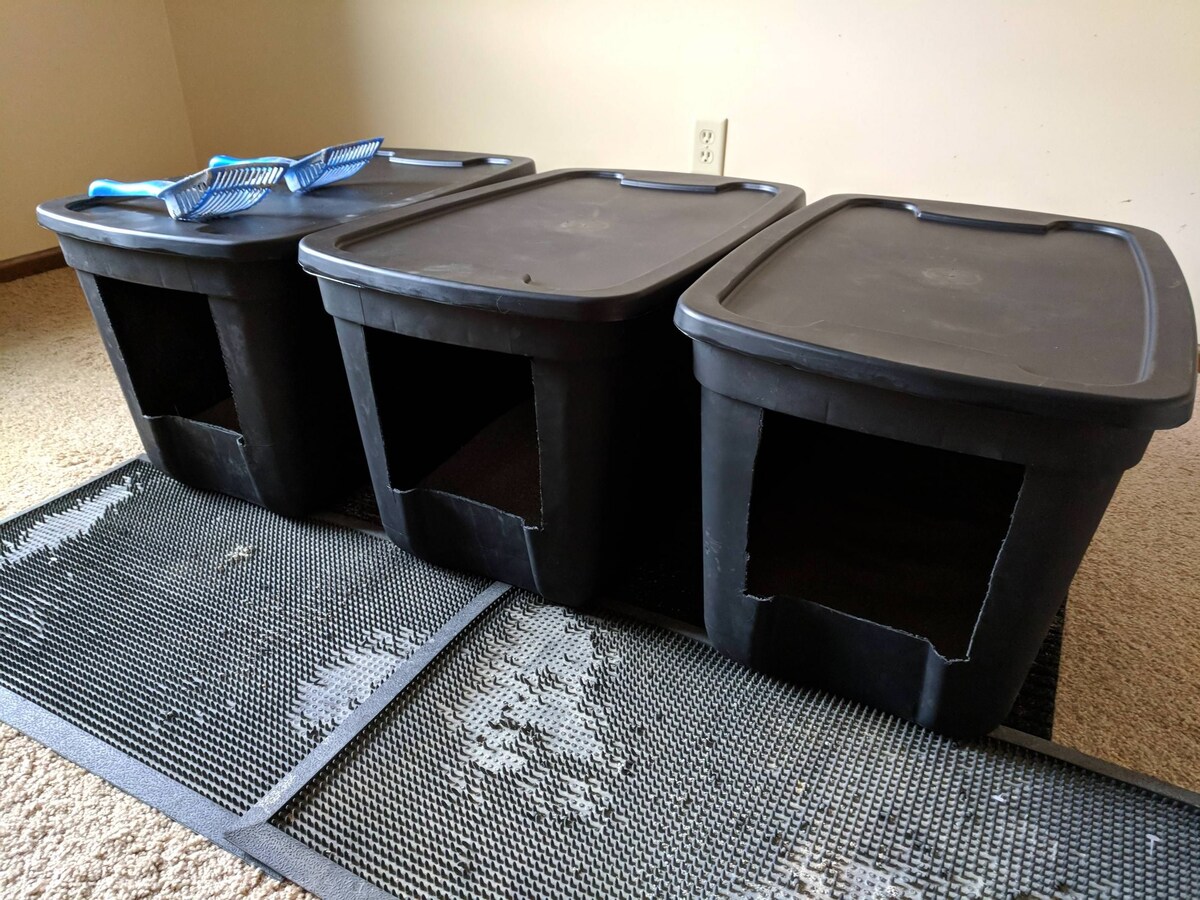


0 thoughts on “How Much Litter To Put In A Litter Box”